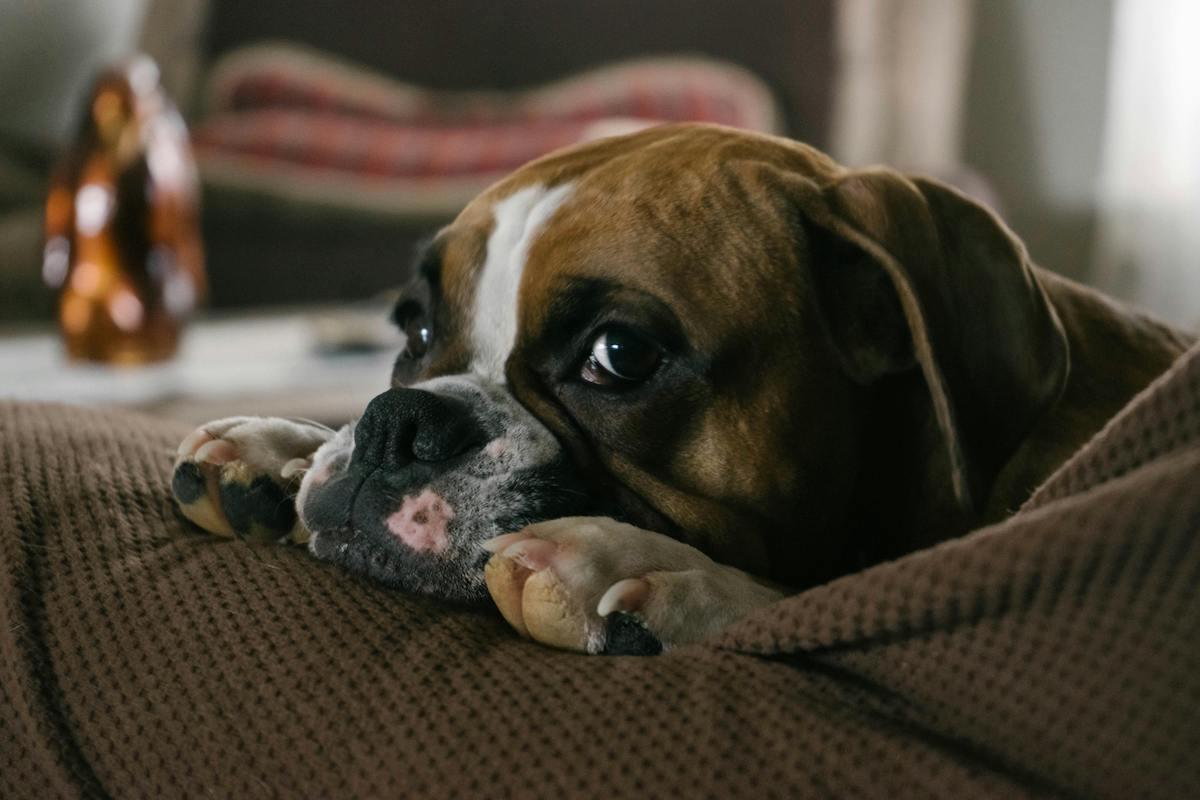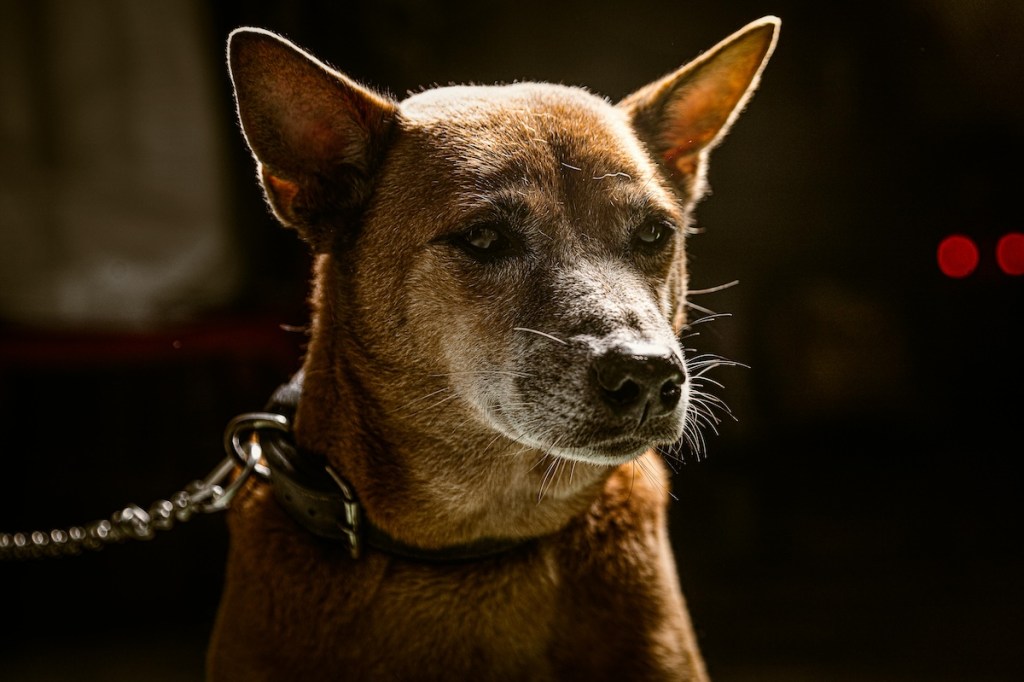
Dogs and humans are best friends. Part of the reason? Dogs have superior senses. For instance, pups’ noses are 10,000 to 100,000 times more sensitive than people’s, making them worthy hunting companions and search-and-rescue team members.
Eyesight is one area where people generally have the upper hand (or paw) — or so we’ve thought throughout the years. To some extent, that’s true. Dogs see fewer colors, and their vision isn’t as sharp as ours. Can dogs see in the dark? What is “normal” vision for a dog?
Understanding the answers to these questions is essential. Vision impairment can affect a dog’s ability to move about your home or outside, but there are ways to make the environment safer. Moreover, understanding a dog’s vision can help you with training.
What’s the deal with dogs and night vision? The answer may surprise you — peep it below.
Can dogs see in the dark?
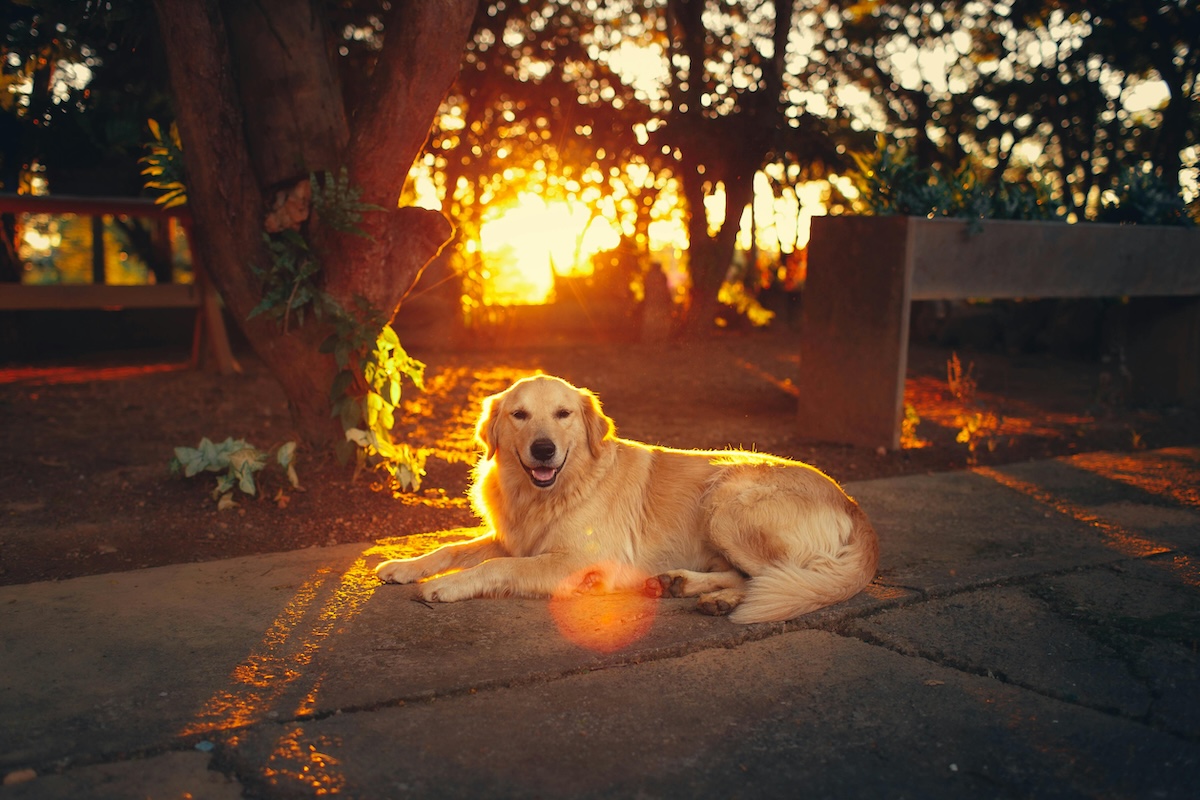
Dogs without vision loss can see in the dark. In fact, dogs have better night vision than humans. Surprised? That’s understandable. “Normal” vision for a dog is 20/75, which isn’t as sharp as the gold standard of 20/20 vision for humans, and they see much shorter distances. Dogs aren’t color blind (that’s a myth), but they mostly see yellows and blues — way fewer than most people. However, dogs can see better in the dark than we can.
Next time you take your dog out for a pre-sunrise or post-sunset stroll, watch closely. You may notice they move quickly between objects. You may assume they’re using their nose (and perhaps are more agile than you). These assumptions might be valid. However, the eyes are likely at work, too. Fido can see movement and light better than you can in dark situations.
Why? How? Get ready to get to know your pup better.
Evolution
Before dogs started shacking up with humans and stealing all the covers, they were wild animals — and nocturnal (just like their kitty counterparts, which are still night owls). Dogs were most active between dusk and dawn. To hunt and protect themselves, dogs had to be able to see movement without much light. Otherwise? Bluntly, the dogs would starve (or be someone else’s dinner).
Dogs have evolved. However, canines kept their night vision from their wild days. Humans didn’t need stellar night vision back in the day. We used to work during daylight hours only before artificial light — sun up to sun down.
A dog’s eye structure
The canine eye structure allows dogs to see well in low-light settings. Like humans, dogs have a retina, which captures light that comes into the eye and works with the brain to transform it into what someone sees.
Here’s the difference: A dog’s retina is packed with light-sensitive rods that gather dim light and allow a dog to see better at night. A human retina has more cones, which let us see color better and have sharper vision when it’s light out.
That’s not the only part of the canine eye that lets dogs see well in the dark. Dogs have a tapetum lucidum, a fancy word for a part of the eye that sits behind the retina. Humans don’t have one. The tapetum lucidum is like a mirror. When light enters the eye, the tapetum lucidum reflects it, and the retina gets a second chance to take note of the light. As a result, dogs have more visual sensitivity and can see objects when there isn’t much light.
The position of the dog’s eyes
Most dog breeds have eyes closer to the sides of their heads than humans. As a result, dogs have a broader range that they can use to scan their surroundings more quickly. While pups may not have the same range to see what’s in front of them, their scanning abilities allow them to protect themselves better and take note of objects in darker conditions.
Why dogs’ eyes glow in the dark
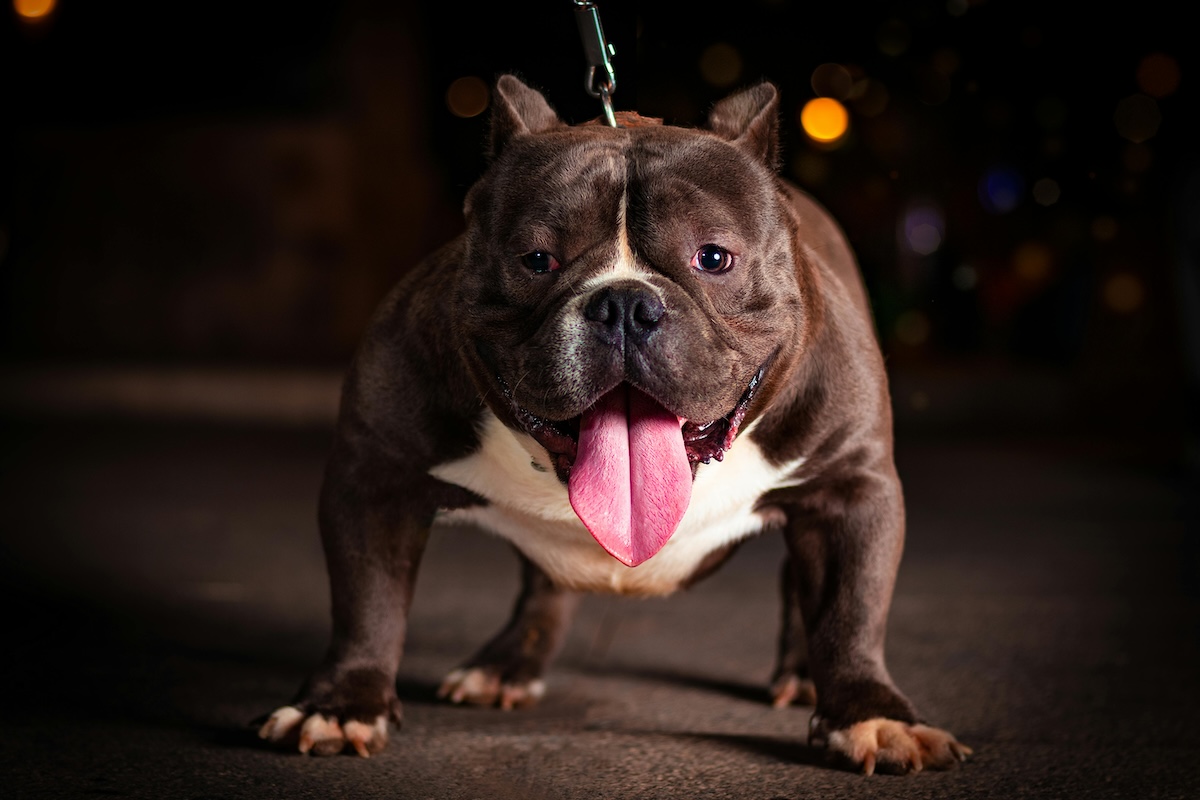
Ever notice your dog’s eyes glowing in the dark? You may also see this “strange” glow when snapping photos with a flash — the green-yellow one. That’s the dog’s tapetum, the part of the eye that’s clutch when a pup needs to see in the dark. Since the tapetum is like a mirror, it reflects light. You can see that when a car’s headlights reflect onto your dog’s eyes or when you shine a flashlight in their eyes (don’t do that).
Closing thoughts
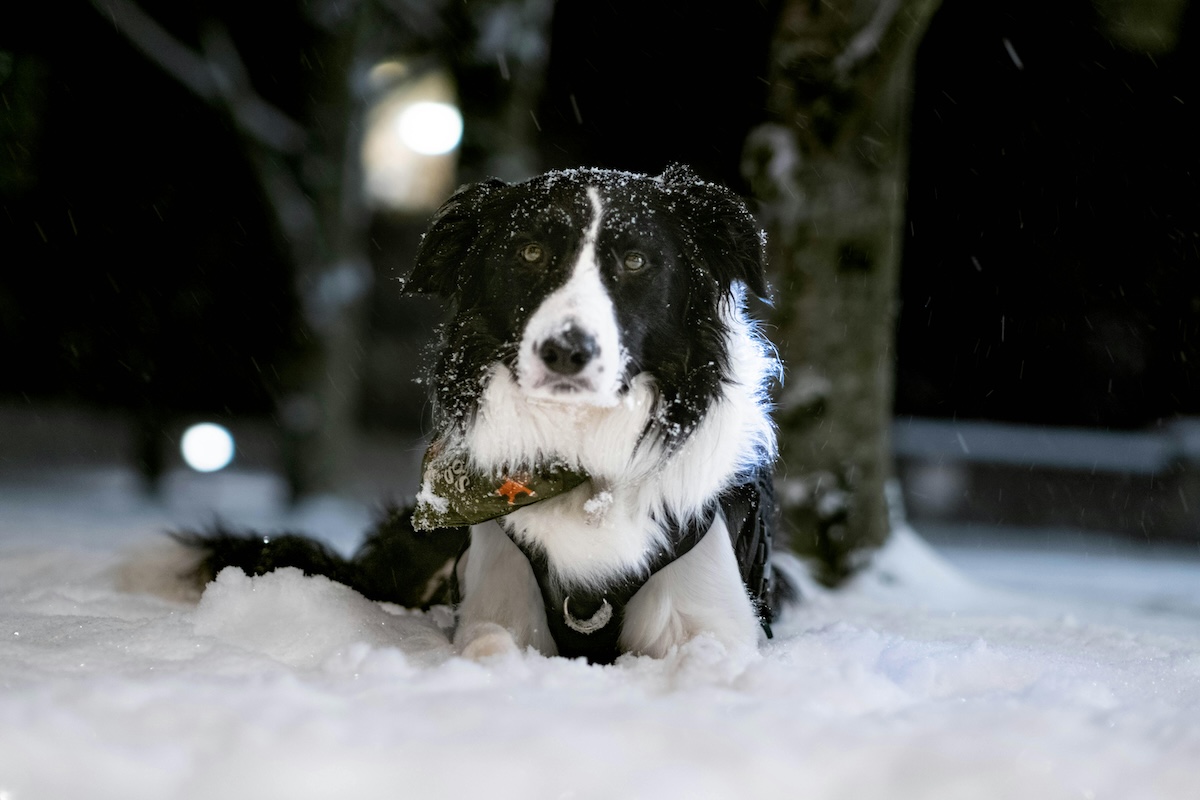
Humans have better vision than dogs in daylight. When the sun goes down, canines are top dogs. In the wild, dogs used to be most active from dusk to dawn. Today’s pups inherited this feature. Dogs also have an eye structure better suited to seeing at night. If your dog isn’t seeing well at night, you may be tempted to chalk it up to “typical poor vision” in dogs. However, consider speaking to your vet about it since dogs generally see well at night. Your dog may be experiencing vision loss, and your vet can help you make life safer and more accessible for them if they are.



